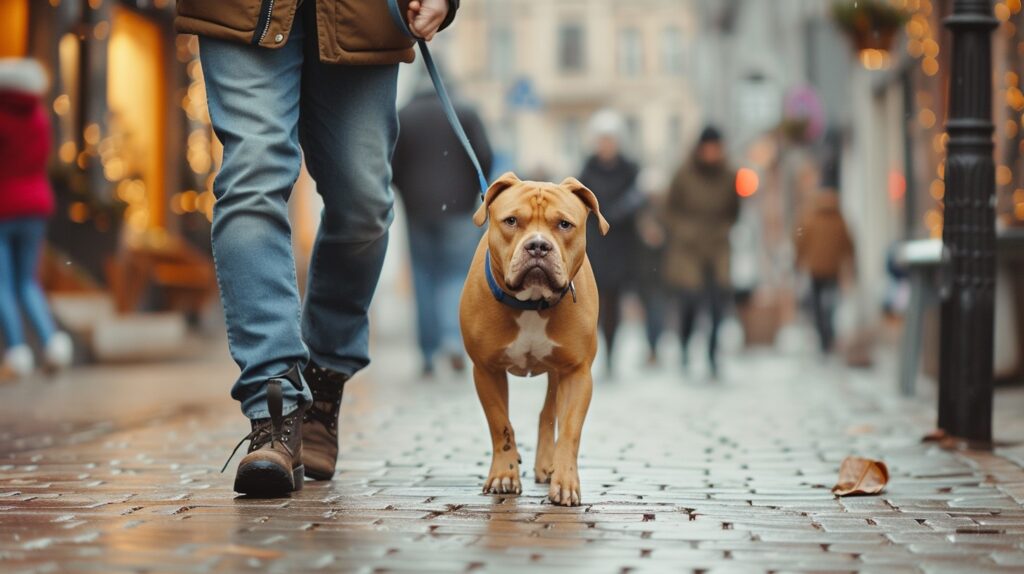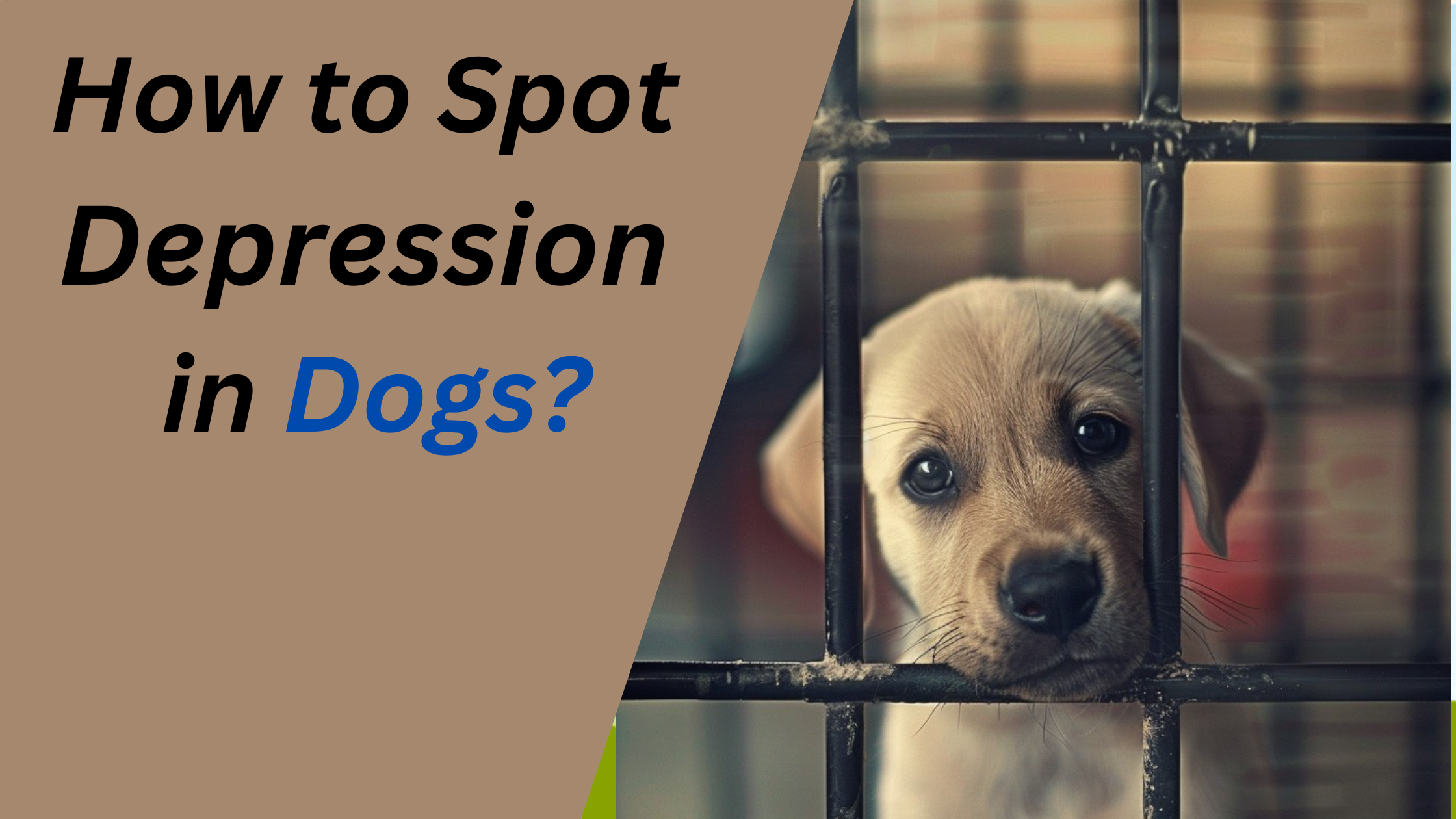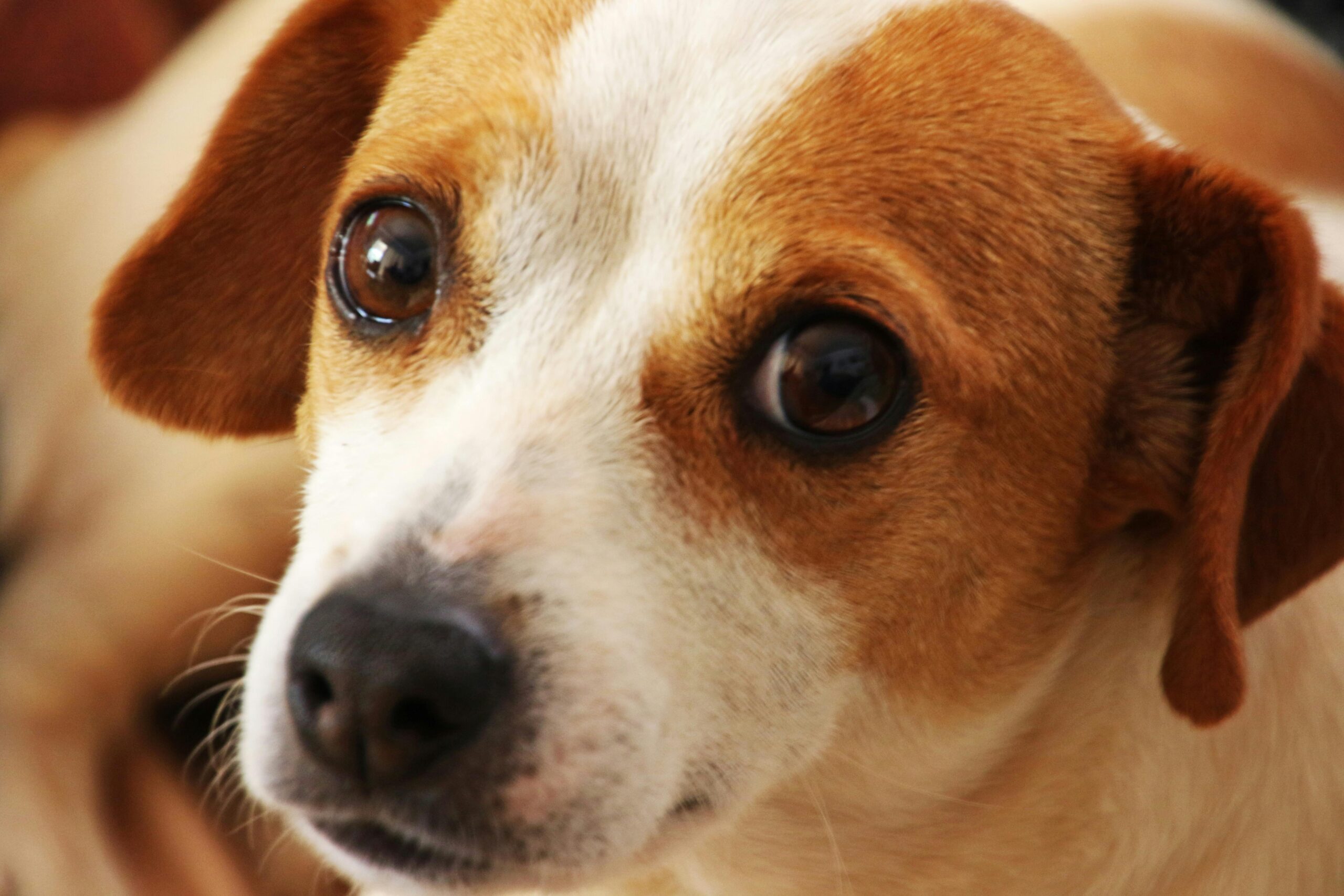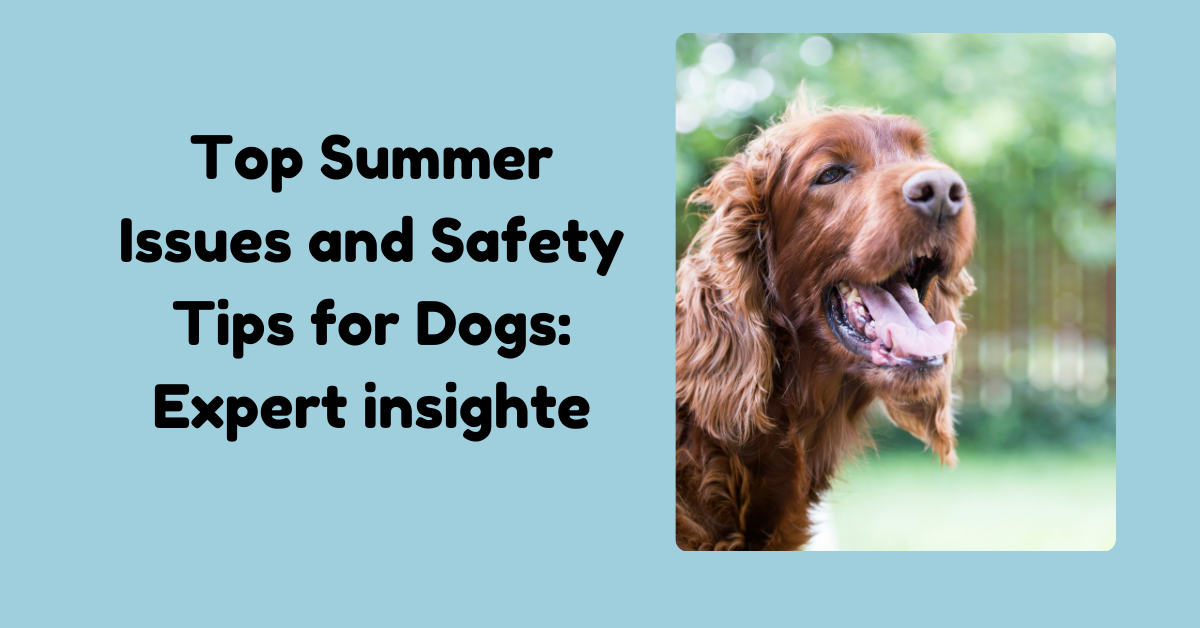Have you ever seen your dog appear a little depressed? Dogs are susceptible to depression, just like people, and this can have an impact on their state of mind. Any caring pet parent must be able to recognize the symptoms and know how to manage them.
Understanding Depression Signs in Dogs
Dogs can’t express their feelings to humans verbally, but they can tell us when they’re sad by changing their behavior. Perhaps your dog has suddenly lost interest in eating or has started sleeping in far more than normal. You may notice that they are no longer doing their happy dance for walks or avoiding cuddles. As a stress reaction, some dogs may even lick their paws excessively. Any of these might indicate that your pet is depressed.
Possible Reasons of Depression in dog
It may be as difficult to figure out the cause of your dog’s depression as it is to unravel a ball of yarn. Dogs are emotional creatures, and a number of events can make them less cheerful than they usually are.
Changes in the Environment and Disrupted Routines
Dogs are creatures of habit and thrive on routine. They may become unstable due to unforeseen events like moving to a new house, a change in the dynamics of the family, or even simply rearrangement of the furniture. They consider their surroundings to be their domain; therefore, sudden changes might cause anxiety and uneasiness.
Death of a Friend
Dogs can be very affected by the death of a family member or another pet. They develop close relationships, and they may each grieve differently when a loved one passes away. Lethargy, a lack of interest in activities, or even searching behaviors in quest of the missing companion are some manifestations of this grief.
Chronic Pain and Health Problems:
Just like people, dogs who experience health problems might get depressed. Not only may chronic pain cause physical misery, but it can also rob people of their joy in life. Their mood might be greatly impacted by ailments such as severe illnesses, hormone abnormalities, or conditions like arthritis.
Absence of Stimulation or Socialization:
Dogs are social creatures who require mental stimulation and interaction to remain cognitively active. They can descend into a state of listlessness and apathy if they are denied social interactions with people and other dogs, or if they are not provided with adequate mental and physical stimulation.
Unfavorable Past Experiences:
A history of abuse, neglect, or abandonment can leave a lasting emotional scar, especially for rescues. Because these dogs may experience recurrent feelings of fear, anxiety, and distrust—all of which can exacerbate depression—they may experience more severe and prolonged episodes of depression.
Dogs have a keen sense of their owners’ emotions and are highly sensitive to them. Because of their empathy, they may pick up on stress, unhappiness, or tension in the home and express these feelings themselves, which could result in depression.
Diagnoses of Depression in dogs
It’s time for a vet visit if you think your dog’s is sad or depressed. A specialist can rule out medical issues and determine whether your dog’s symptoms are indicative of sadness. Changes in behavior may provide hints, but let the experts make the diagnosis.
Handling and Controlling Depression in Dogs
Let’s discuss how to give your dog a huge, loving hug when they’re feeling down. First of all, exercise is a powerful tool for overcoming depression and is not simply for keeping your dog’s tail going. More fetch, please! It releases those feel-good chemicals! Rekindling your dog’s enthusiasm requires identifying their own “joy triggers,” which could be anything from a puzzle toy loaded with treats to a specific activity or outdoor excursion. You could also tickle your dog at a specific point when you are free to play with your dog.
Introduce fresh sounds and scents to their surroundings. Dispersing food particles throughout the house or garden for them to discover might be an excellent strategy to maintain their minds active.

As a dog owner, you play a crucial role in maintaining your dog’s stability. Regular habits such as walks, mealtimes, and bedtimes are their best friends. These routines not only provide structure but also reassure your dog, making them feel safe and secure. When it comes to issues like separation anxiety, remember to take it gradually. Start with brief excursions and gradually increase the duration to help them adjust.In extreme circumstances, your veterinarian may prescribe medicine or advise a natural supplement plan for your pet. But remember, the power of connection is incredibly potent. Speak with a behaviorist or pet therapist; they can provide customized techniques that you and your dog can practice together.
Prevention
Moving on to prevention might be compared to building a sturdy fort from the ground up. The secret is to start with a healthy, balanced diet and regular exercise regimen. We want you to share a habit that maintains your physical and mental well-being, like going for a morning jog with your dog at your side.
- You can take advantage of your dog’s gregarious nature. Dogs can practice their social skills in dog parks, training sessions, or just on routine playdates. It’s all about letting your dog be themselves in their natural state.
- A happy dog is the result of both training and enrichment activities. Treat their brains to fresh challenges, such as brainteasers or intelligence-based courses.
- Be the emotional gauge for your dog in addition to the fun and games. Learn to read their mood and body language to identify the telltale clues of concern. Make a calm, comfortable haven where your dog can go when the outside world becomes a little too noisy.
- Having routine check-ups with your veterinarian helps you avoid any underlying health concerns that can dampen your dog’s cheerful mood.
Actual Success Stories
- Recall that you are not traveling alone. Several dogs that received the correct combination of love, care, and support have recovered from their dark days. There are many tales of dogs that, with a little assistance from their human friends and professionals, went from being down on their luck to being top dogs.
Final Thoughts and Recommendations
- Recognizing and treating canine depression benefits both our dogs and our lives together. Take proactive measures to ensure your dog’s emotional well-being, and don’t be afraid to ask for assistance when you need it.
- Recall that awareness motivates action. Spread the word about this information and join the global movement for happier, healthier pets.
References
Berns, G. (2014). How dogs love us: a neuroscientist and his dog decode the canine brain. Scribe.
Walker, J. K., Waran, N. K., & Phillips, C. J. (2016). Owners’ perceptions of their animal’s behavioural response to the loss of an animal companion. Animals, 6(11), 68.
American Society for the Prevention of Cruelty to Animals. (n.d.). Dog enrichment resources.






1 thought on “How to Spot Depression in Dogs?”